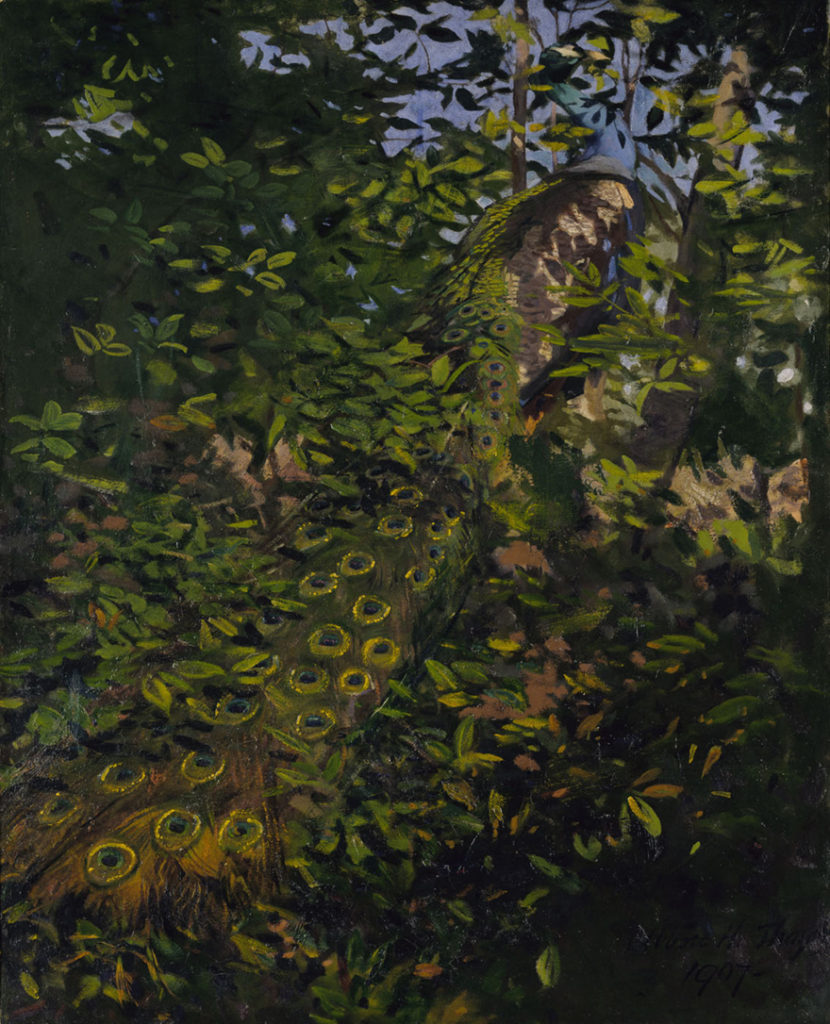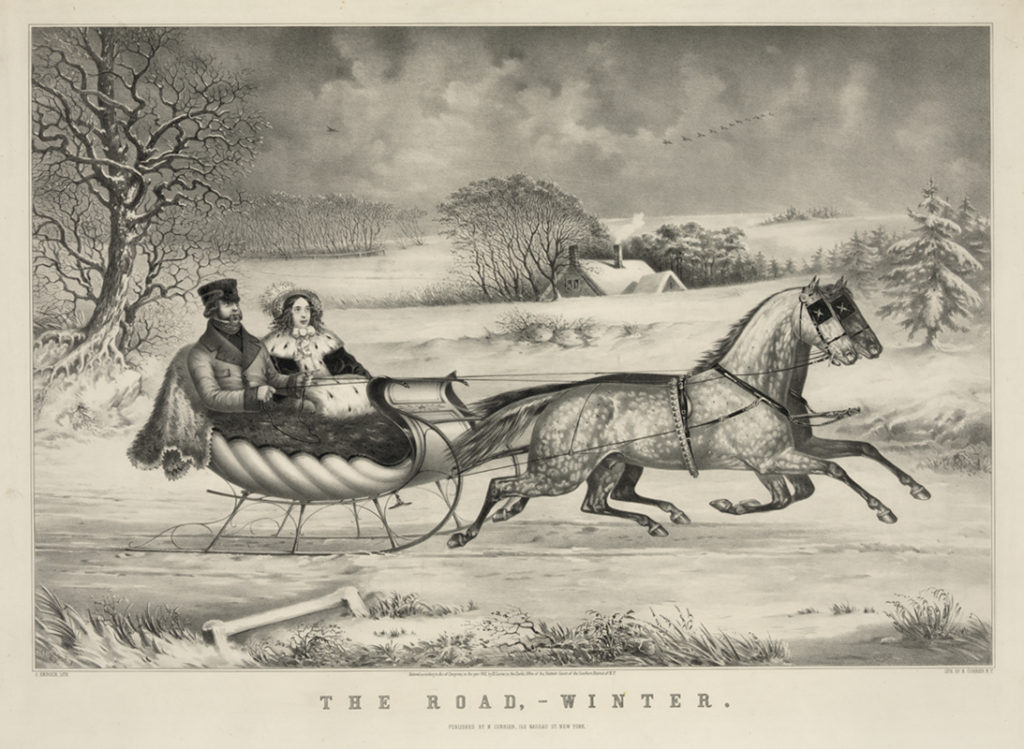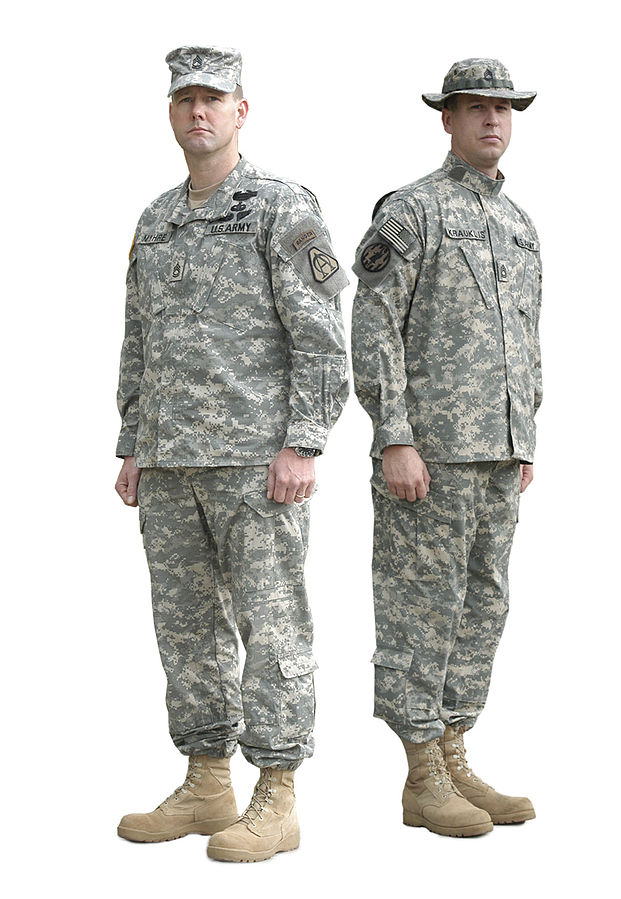Letter to the Editor:

On 19 February 1861, President Abraham Lincoln visited the Albany Iron Works in Troy, NY in regards to the secret MONITOR IRON CLAD PROJECT. Lincoln was impressed with Troy’s business leaders and asked if they might recommend Cotton and Woolen Mills that might supply thousands of Tents and Uniforms in short order for the Civil War efforts. As there were several meaningful business and personal relationships in place at that time between Troy and Adams, MA – this Region’s Mills received significant Government Orders which helped to propel the Northern Berkshire Fabric Mills into early prominence. There were plenty of Sheep in the Region so Wool was not a problem. As the Cotton was growing in MS, devious means were employed to import the Cotton past various check points along the 1,500 mile route. These clever Mill Owners employed thousands and became early millionaires. Our many empty and recycled Mill Buildings are a testament to the Region’s Textile Economy of the 1800s and early 1900s.
On 1 April 2016, U.S. Secretary of Defense Ash Carter visited Cambridge, MA to announce President Barak Obama’s $317 Million The Revolutionary Fiber and Textile Manufacturing Innovation Institute to be based at MIT. (If you have an hour: www.livestream.com/accounts/2261474/events/5088923)
In 2015, I suggested that SMART FABRICS was a best future direction for The Berkshires. 155 years after Lincoln helped kick start the Northern Berkshire Textile Mills phenomenon, the Berkshires has a Second Act Opportunity. Will we get organized and follow through like our early Mill Owners did?
At the MIT announcement, Gov. Charlie Baker said “This Manufacturing Innovation Institute will be the national leader in developing and commercializing textiles with extraordinary properties.”
Where can The Berkshires fit into this New Textile ecosystem? One area might be the Art and Science of Camouflage. As it turns out, New England has been at the center of Military Camouflage from the beginning. In the early 1900s, Abbott Handerson Thayer was considered one of the finest figurative painters of females. Thayer also studied nature in great detail and created theories of how animals in the wild disrupt their silhouettes and he thus became known as the Father of Camouflage. His theories were adopted by the U.S. Military during WWI. Coincidentally, at the Williams College Museum of Art now through 21 August 2016 is a very interesting exhibition of Thayer’s Art.

PEACOCK IN THE WOODS by Abbott Handerson Thayer Courtesy of Smithsonian Institution
During the First and Second World Wars, the American, British and French Armies enlisted Artists to help Camouflage their Soldiers, Planes, Ships and Vehicles. These Camoufleurs included such Artists as Paul Klee, Jean-Louis Forain, Leon Underwood, Everett Warner, Roland Penrose, Barry Faulkner, Homer Saint-Gaudens, Ellsworth Kelly, etc. The U.S. Army wanted the talents of Artists, Set Designers and Advertising Executives to confuse the enemy. Today, the Military’s Uniforms and Camouflage Divisions are headquartered in Natick, MA.
The Berkshire County Artists, Museum Professionals, Set Designers, Fabric Designers, Engineers, etc. should be able to offer The Revolutionary Fiber and Textile Manufacturing Innovation Institute significant Creative Talents. We should be able to participate in the Designing of Next Generation Textiles whether for Fashion, Medical or Military Markets. If we don’t organize, the Institute and the Baker Administration will not know that we are Very Interested in being a part of this Textiles Futures. Remember, Western MA does not include The Berkshires. There were No Berkshire County Political or Economic Development Leaders at the MIT announcement, so how is Gov. Baker to know of our Interest? The Berkshires is the Cultural Playground of the Commonwealth and that’s the way we like it. We like being among the Unhealthiest Counties in the State. We don’t want Young Talented Couples to move here. We cultivate Unemployment. We do want our Tourists to be Happy though for a few months of the year.

Lt. Gov. Karyn Polito has stated that the Textile Institute is meant to “create new employment opportunities for residents across the Commonwealth.” It could mean us too. As it turns out, our State Representative Gail Cariddi is the Vice Chair of the Joint Committee on Economic Development and Emerging Technologies. Hopefully, Rep. Cariddi can help make the case that The Berkshires is ready and needs to see its Second Act in the world of Textiles.
From the start, U.S. Representative Joe Kennedy helped to pull together the many pieces of the puzzle to help MA win the bid for the Textile Institute. Part of his pitch was to show that the Textile Institute in fact, brings together two of MA’s economic strengths – the legacy of the old Textile Mill Towns like Adams and North Adams and Lowell and Fall River and that together with the Brainpower at the State’s Colleges and Universities will allow for some amazing things to happen. The realistic likelihood is that Lowell and Fall River and the NH Mill Towns closer to Boston will benefit and that Adams and North Adams will be left out of this once in a century economic opportunity. What can The Berkshires do to get itself to become a meaningful part of this Textile Institute? We have some Secret Advanced Textile Technology that should be very attractive to the Textile Institute. Hopefully, our Politicians will use their powers to help secure our Second Act.

CC BY-SA 3.0, via Wikimedia Commons
U.S. ARMY UNIVERSAL CAMOUFLAGE PATTERN
While the U.S. has developed many successful Camouflage designs over the years to respond to the different battlefield environments, the above UCP design – done without the inputs of Artists was a $5 Billion flop. When the Army was planning to enter Afghanistan, they wanted a Uniform to work in Desert and Woodland conditions. They designed uniforms with the Universal Camouflage Pattern which didn’t work well in any environment because of color conflicts and the scale of the pixelated patterns made the Soldiers easy targets. In 2015, these UCP uniforms began to be replaced by the more successful MultiCam designs. The Berkshire Fabric Design Collaborative could have gotten a successful design in place at the start – possibly saving lives, saving $Billions and the creation of Jobs!
Smart Fabrics

In the 1800s, Western Massachusetts became a very important international center for Woolen, Cotton and Silk Mills. The Cotton was shipped from Slave Plantations in Mississippi and the Silk was shipped from Asia. The abundance of Water Power, Trees for Wood, lots of Local and Immigrant Workers and Innovative Entrepreneurs helped to dot the many Towns with these various Mills. Innovations in Fabric Manufacturing Technologies helped create Miles of Fabrics, Thousands of Employed Workers and Millionaire Mill Owners. The Skinner Mills in Holyoke became this country’s Largest Silk Works. The Arnold Print Works in North Adams became the world’s Largest Fabric Printing Works. The Blackinton Woolen Mills in North Adams were the largest in Berkshire County. The Berkshire Cotton Manufacturing Company in Adams became one of the world’s Largest Cotton Textile Companies.
Now, it comes to pass in 2015 that very little remains in the Berkshires that connects to this Great Textile History. In fact, not only have our old industries closed their doors, but new industries such as Sabic Innovative Plastics, owned by the Saudi Arabian Government is closing their doors in Pittsfield as well.
What to Do?
Option 1 is to Do Nothing, but just let Good Things (The Clark and MASS MoCA Expansions, Berkshire Health Systems Expansions, Hotel on North, Williams College Redo – a handful of New Jobs) and Bad Things (North Adams Hospital, Colonial Anodizing, Macy’s, Best Buy and Sabic Closings – 1,000+ Good Jobs Lost) happen. No one is in charge. The Politicians and Community Leaders could continue to not understand the New World and continue to kiss babies and make their speeches after the Closings occur.
Option 2 is to make the Berkshires the Leader in SMART FABRICS. Connect with the past Textile Prowess. Just as the world was moving from Woolen Clothes to Cotton and Silk in the 1800s – so too, is the world moving to SMART FABRICS. These are Fabrics that allow for Sensor Integration so that the Clothing of the Future will allow for health and sports monitoring. This is the Future. There is a huge Wellness aspect here as no medical monitors will be needed for routine hospital visits. People will be monitored in real time through cloud-based applications. Medical Researchers will gain unprecedented insights from patients wearing biosensors. The automotive industry is looking at Smart Seat Belts. The Military is seeking ideas for New Uniforms. The Sports Industries are seeking SMART FABRICS for their Shoes and Uniforms, etc.
Where is this to happen
I am proposing that we take over the vacant Sabic Plant in Pittsfield and make them a Partner and set up operations in the vacant Colonial Plant in North Adams. Other key players would be General Dynamics located 5 minutes away which develops advanced Military Telecommunications; the Military Clothing and Textile Research Facility located 2 hours away in Natick, MA; MIT located 2.5 hours away in Cambridge, MA; the Adidas/Reebok Research Center located 2.5 hours away in Canton, MA; INTEL Research located 2.5 hours away in Hudson, MA and the SUNY College of Nanoscale Science + Engineering located 1 hour away in Albany, NY. Artists in the Berkshires will be a part of this Business in a major way as they understand the cultural shifts far better than
business school graduates. MCLA, BCC, Williams College and McCann Technical School would have key roles. I would locate the Proposed Berkshire Innovation Center in the Vacated Sabic Space and have them engaged in SMART FABRICS Problem Solving by 1 June 2016.
Jobs
Three-hundred jobs will be created in short order with 1,000 Jobs within 5 Years. The Global Market for SMART FABRICS is projected to be $2 Billion in 2016 and grow to $4 Billion by 2020. This will attract Young Designers, Engineers, etc.
Got a Better Idea? If not, support this. Something dynamic must finally happen in the Berkshires to advance things. Band-Aid solutions must cease.
RALPH BRILL ASSOCIATES is pleased to lead this effort to reinvigorate the Berkshires with its forward looking SMART FABRICS Businesses.
RALPH BRILL ASSOCIATES
Ralph Brill, President
Box 786
North Adams, MA 01247-0786
413.664 4353
[email protected]
Editors note: some images appearing in this piece are public domain substitutions for the original images.







